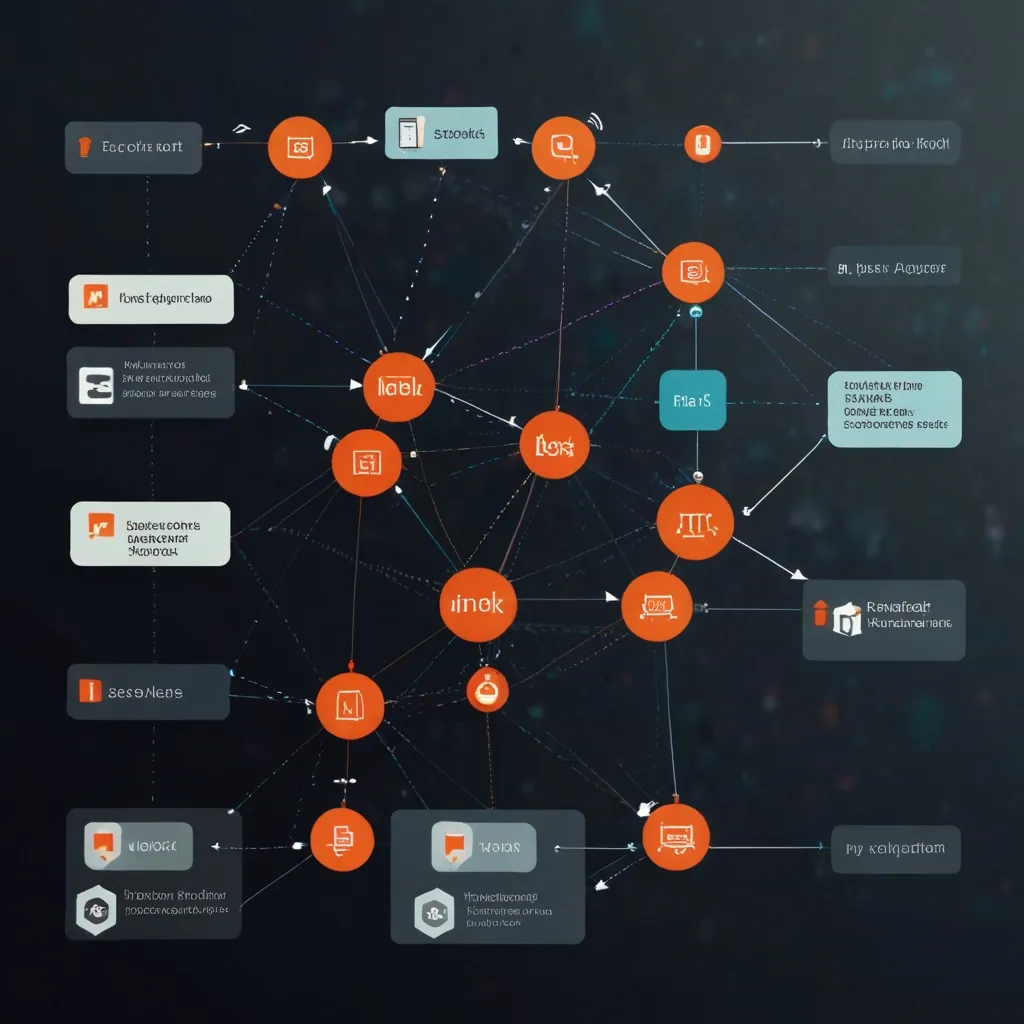In the Java development world, the Spring Framework shines brightly as an incredibly powerful and versatile tool for building solid, scalable, and maintainable enterprise applications. Think of it as a game-changer that simplifies Java programming, making it more accessible and productive. Let’s journey through the core features and benefits of the Spring Framework, with real-world examples to bring everything to life.
Back in the day, Java developers had a tough time creating enterprise applications. The tool of the trade was Enterprise Java Beans (EJBs), which wasn’t exactly user-friendly. Developers had to jump through hoops, dealing with Home and Remote interfaces and lifecycle callback methods, which made everything way more complicated than it needed to be. Enter the Spring Framework – the knight in shining armor. It swept in with clever techniques like Aspect-Oriented Programming (AOP), Plain Old Java Objects (POJOs), and dependency injection to make life easier for developers.
One of Spring’s superstar features is its dependency injection (DI) mechanism, which is a key part of its Inversion of Control (IoC) container. With DI, you can decouple objects from their dependencies, creating more modular and testable code. Imagine a UserService class that needs a UserDao:
public class UserService {
private UserDao userDao;
public UserService(UserDao userDao) {
this.userDao = userDao;
}
public User findById(Integer id) {
return userDao.findById(id);
}
}
In the old days, you would hardcode the UserDao instance inside the UserService. But with Spring, you define these dependencies in a config file or use annotations. This allows Spring to manage the creation and injection of objects, meaning less hassle for you.
Aspect-Oriented Programming (AOP) is another fantastic feather in Spring’s cap. AOP lets you modularize cross-cutting concerns like logging, security, and transaction management, keeping your main business logic clean and uncluttered. Picture creating an aspect to log method calls:
@Aspect
public class LoggingAspect {
@Before("execution(* *(..))")
public void logBefore(JoinPoint joinPoint) {
System.out.println("Before method: " + joinPoint.getSignature().getName());
}
}
This aspect can be applied universally to any method in your application, ensuring logging consistency without littering your main code with log statements.
Spring’s data access framework really shines in the persistence layer, simplifying database interactions. By providing abstractions over APIs like JDBC and Hibernate, it helps manage connections, exceptions, and transactions smoothly. Here’s a quick look at a UserDao class using Spring’s JDBC template:
public class UserDao {
private JdbcTemplate jdbcTemplate;
public UserDao(DataSource dataSource) {
this.jdbcTemplate = new JdbcTemplate(dataSource);
}
public User findById(Integer id) {
return jdbcTemplate.queryForObject("SELECT * FROM users WHERE id = ?", new Object[]{id}, new UserRowMapper());
}
}
This example shows how Spring abstracts away the nitty-gritty details of database operations, letting you focus on business logic.
Spring MVC framework is the go-to for building web applications using the Model-View-Controller (MVC) architecture. It takes care of requests, dispatches them to controllers, and then to views, be it JSP pages or Servlets. It even has built-in support for form handling and validation. Here’s a simple controller:
@Controller
public class UserController {
@Autowired
private UserService userService;
@GetMapping("/users/{id}")
public String getUser(@PathVariable Integer id, Model model) {
User user = userService.findById(id);
model.addAttribute("user", user);
return "user";
}
}
This controller fetches a user by ID and hands the user object over to the view for rendering.
And then there’s transaction management. Spring’s transaction management lets you handle transactions smoothly without tangling up your application’s code. It supports both global transactions managed by an application server and local transactions handled using JDBC, Hibernate, or other APIs. This is golden for maintaining data integrity across multiple operations. Take a look at this service class:
@Service
public class UserService {
@Autowired
private UserDao userDao;
@Transactional
public void saveUser(User user) {
userDao.save(user);
// Other operations that need to be part of the transaction
}
}
The @Transactional annotation ensures the method is executed within a transaction, rolling back if any part of it fails.
Why should you use Spring? For starters, it simplifies development significantly. Features like dependency injection and AOP slashes boilerplate code and loosens object coupling, making your application more modular and easier to maintain. Instead of grunting over managing dependencies, Spring’s IoC container does it for you, letting you channel your energy into core logic.
Spring’s extensive libraries and templates supercharge productivity by streamlining everyday tasks. It offers pre-built components for data access, web development, security, you name it. This means you can bang out high-quality applications faster, without getting bogged down by configurations or setup.
And let’s not forget about loose coupling. Thanks to dependency injection, objects aren’t chained to their dependencies. This flexibility makes testing, maintenance, and extending the application a breeze. Need to switch from one database to another? Just tweak the configuration with zero changes to the business logic.
When working with Spring, a clean and organized packaging structure is gold. It’s crucial for maintaining your codebase. Create meaningful packages for different layers of your application – for controllers, services, repositories, and entities. Here’s what a well-structured package hierarchy could look like:
com.java.techie
└── config
└── controller
└── dto
└── entity
└── exception
└── handler
└── repository
└── service
└── util
This layout ensures that Spring can scan and initialize beans automatically without a hitch, and it makes navigating the code smooth as butter.
In a nutshell, the Spring Framework is a towering figure in enterprise Java development. It packs a punch with features that simplify and streamline the whole process. From dependency injection and AOP to data access and transaction management, it lays down a rock-solid foundation for building scalable and maintainable applications. Dive into these features, and you’ll see your productivity and code quality soar. Whether you’re a seasoned pro or just dipping your toes into Java, the Spring Framework is an invaluable ally in your coding journey.






